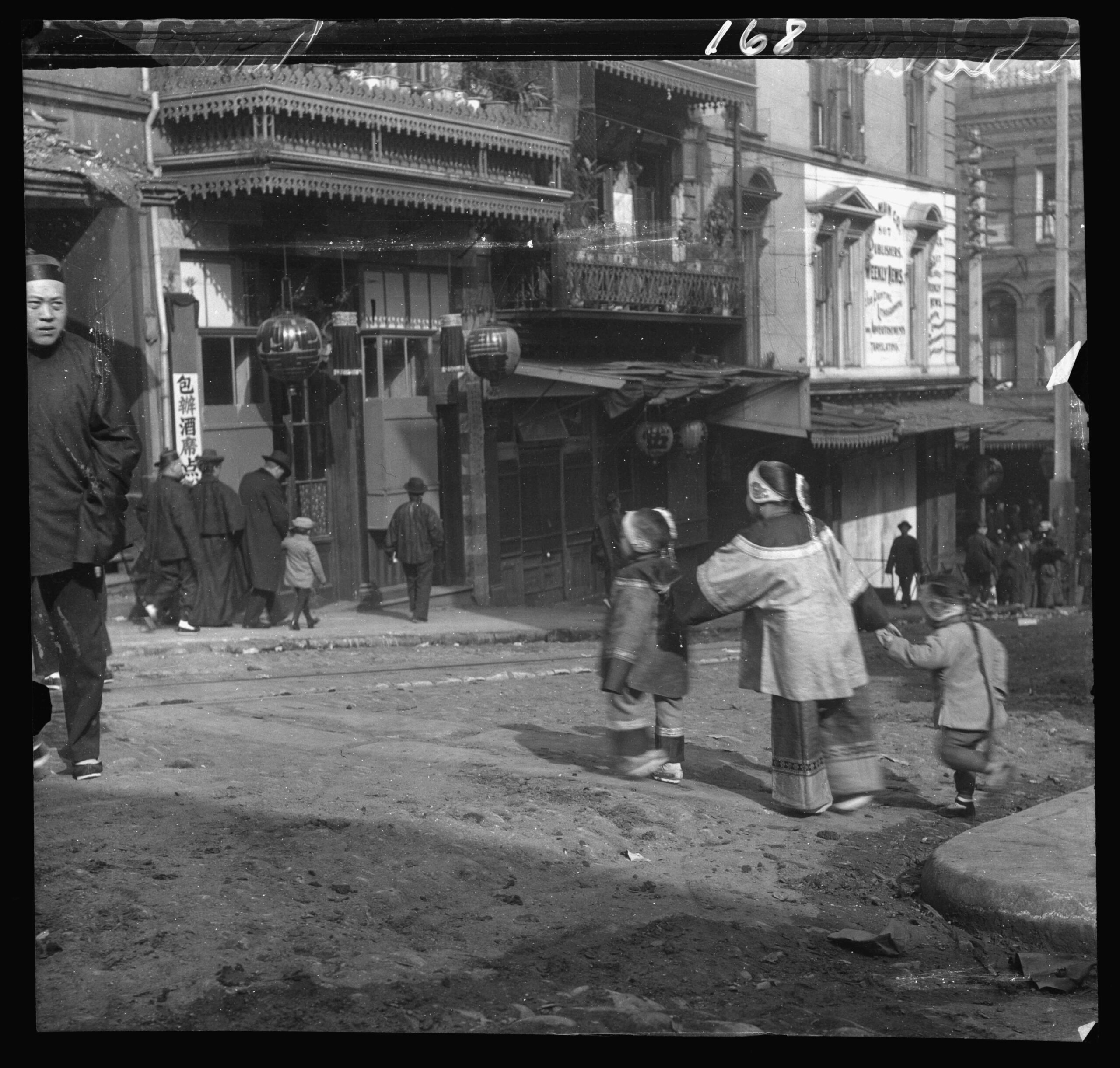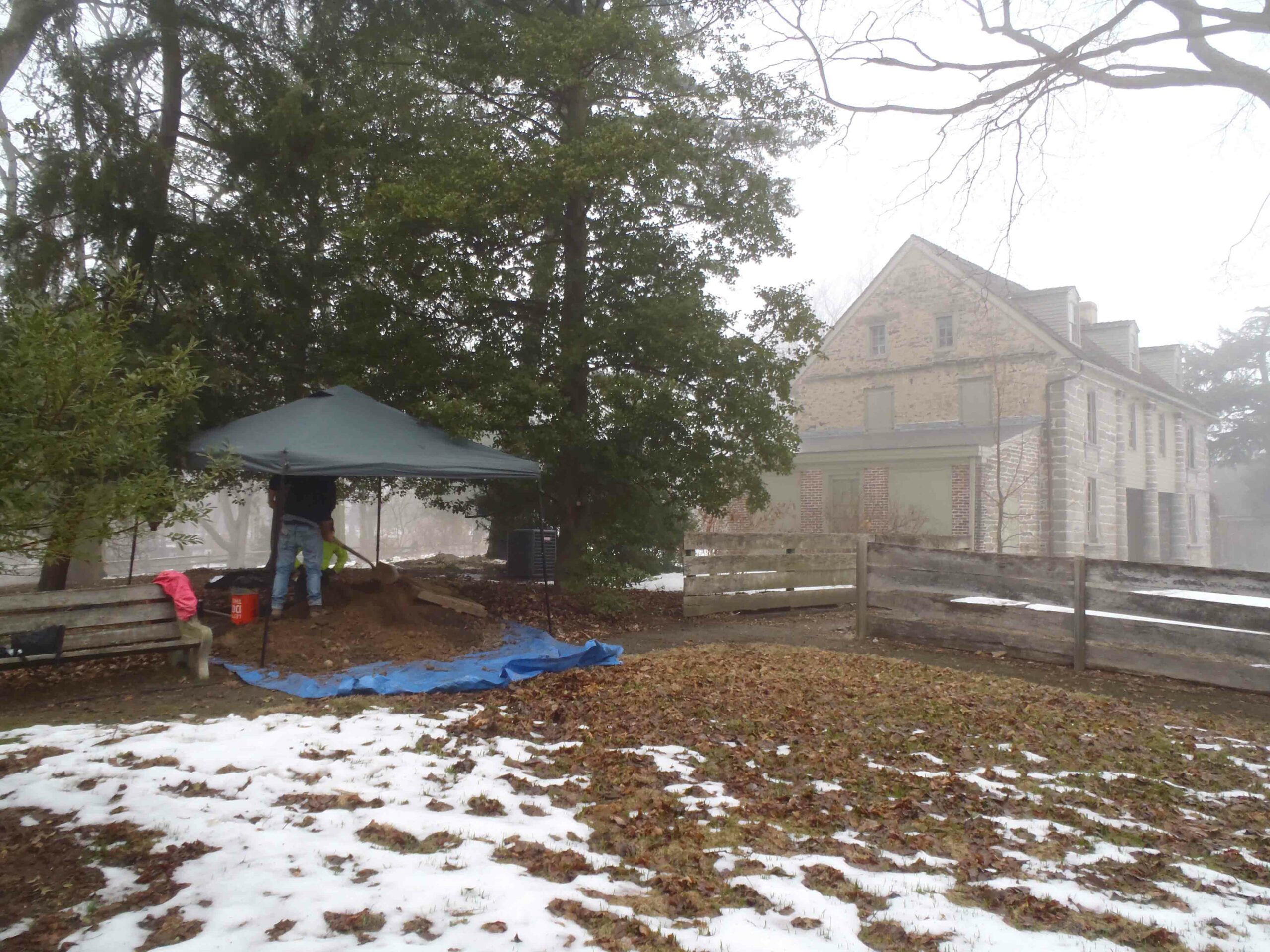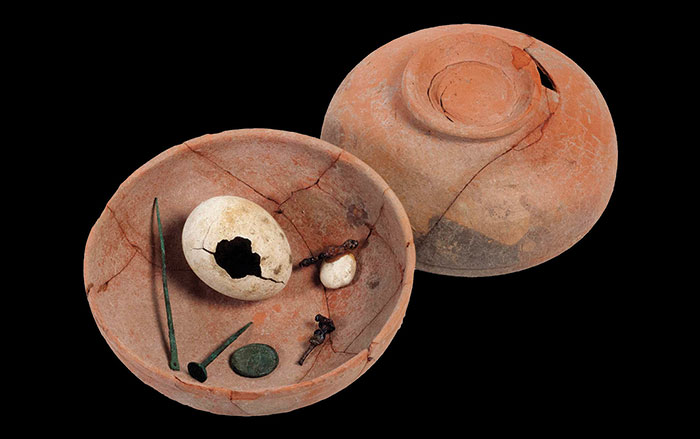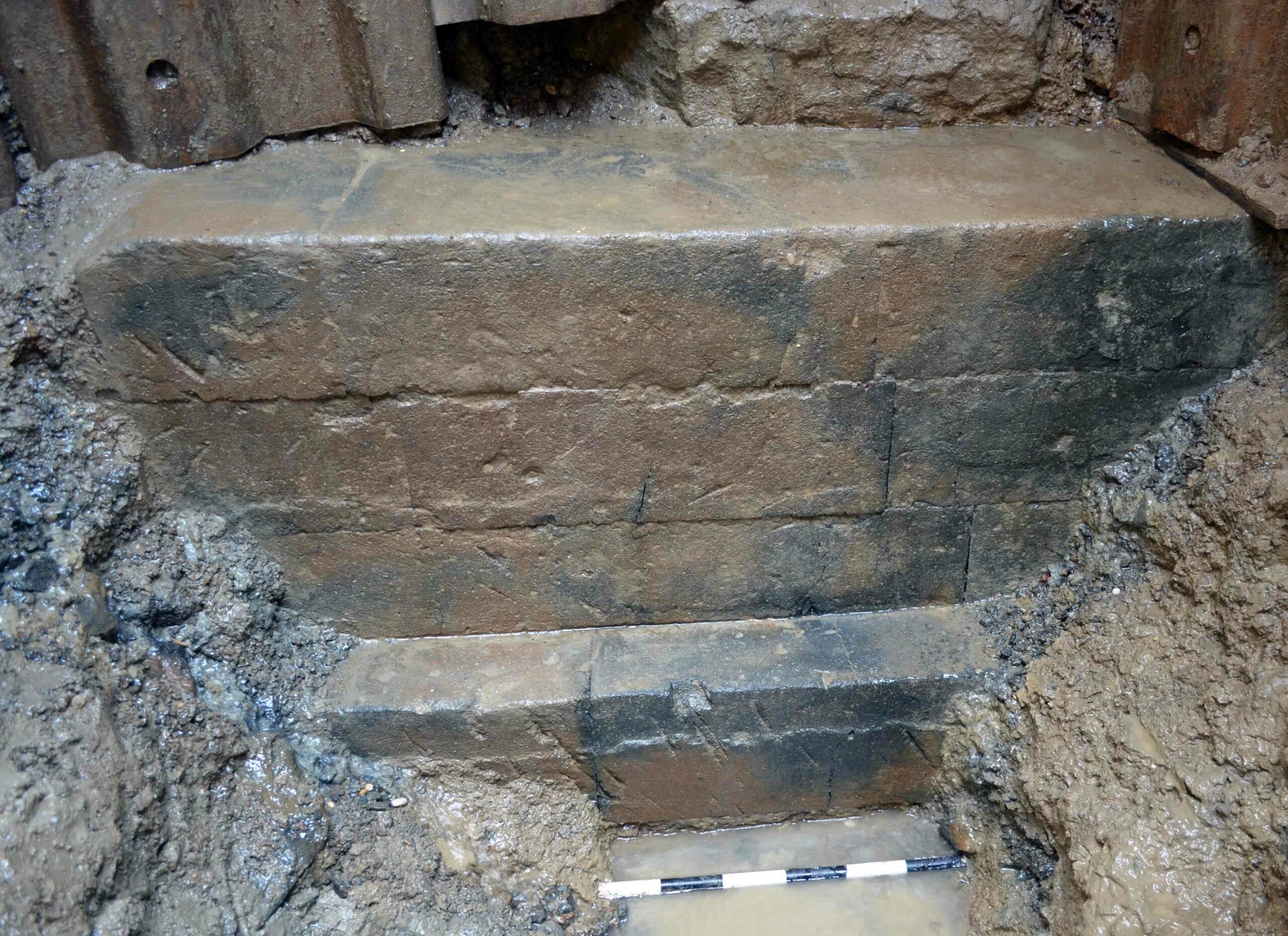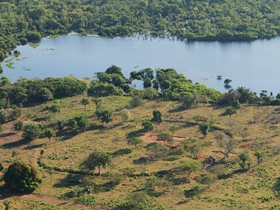
READING, ENGLAND—John Francis Carson of the University of Reading and his colleagues examined sediment cores taken from Laguna Oricore and Laguna Granja, which are located near major earthworks sites in the Amazon basin of northeastern Bolivia. The researchers wanted to know if the activities of the people who had built the earthworks had deforested the region, or if they had tread lightly on the landscape. “The surprising thing we found was that it was neither. It was this third scenario where, when people first arrived on the landscape, the climate was drier,” Carson told Live Science. The pollen samples from the cores indicate that between 2,000 and 3,000 years ago, the land was covered with grasses and a few drought-resistant species of trees. People would have been able to build their structures and grow maize without have to clear the land. More tree pollen and less charcoal in later samples suggest that people would have had to keep the areas around their structures clear as the forest grew up around them. “It kind of makes sense. It’s easier to stomp on a sapling than it is to cut down a big Amazonian tree with a stone ax,” Carson explained.






